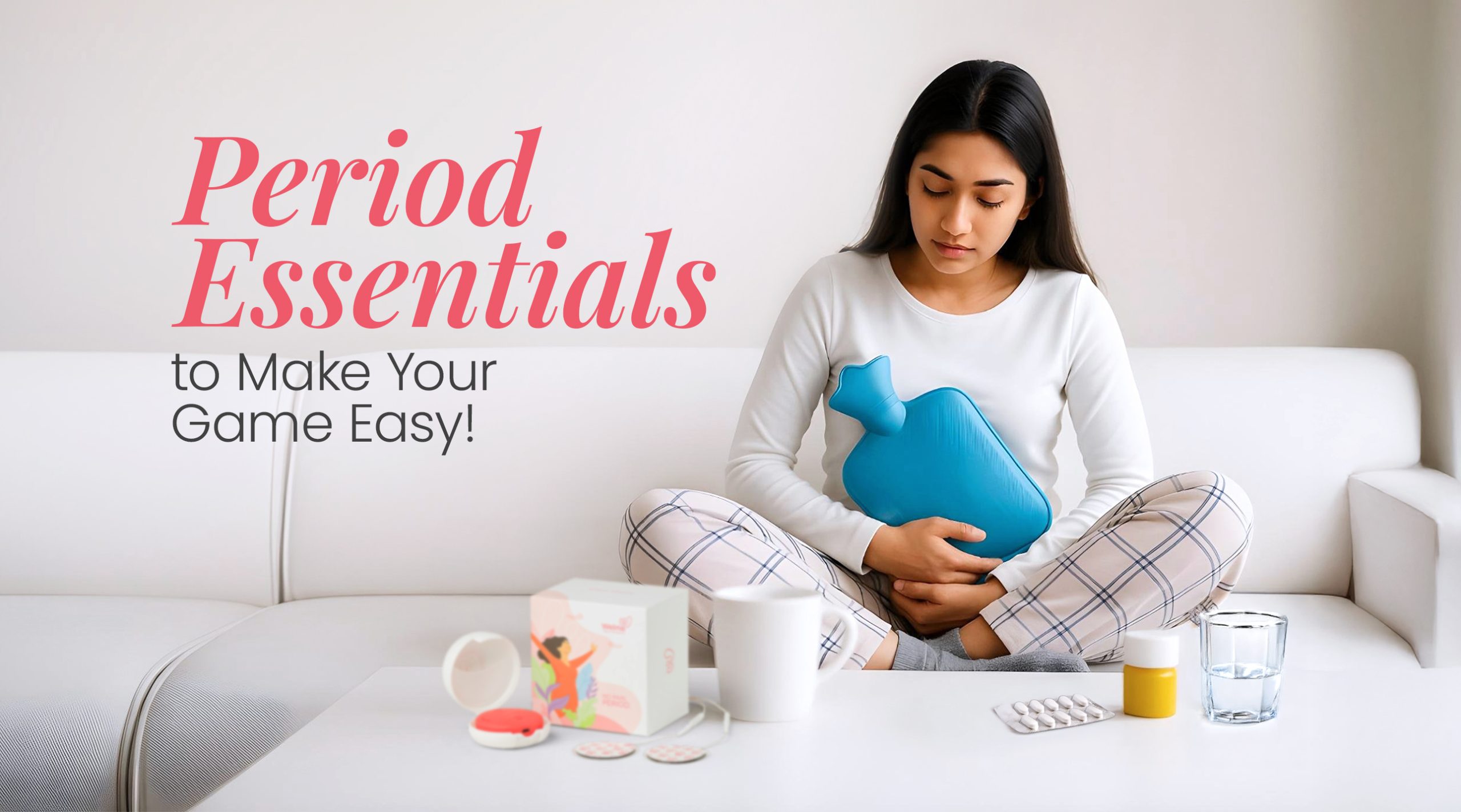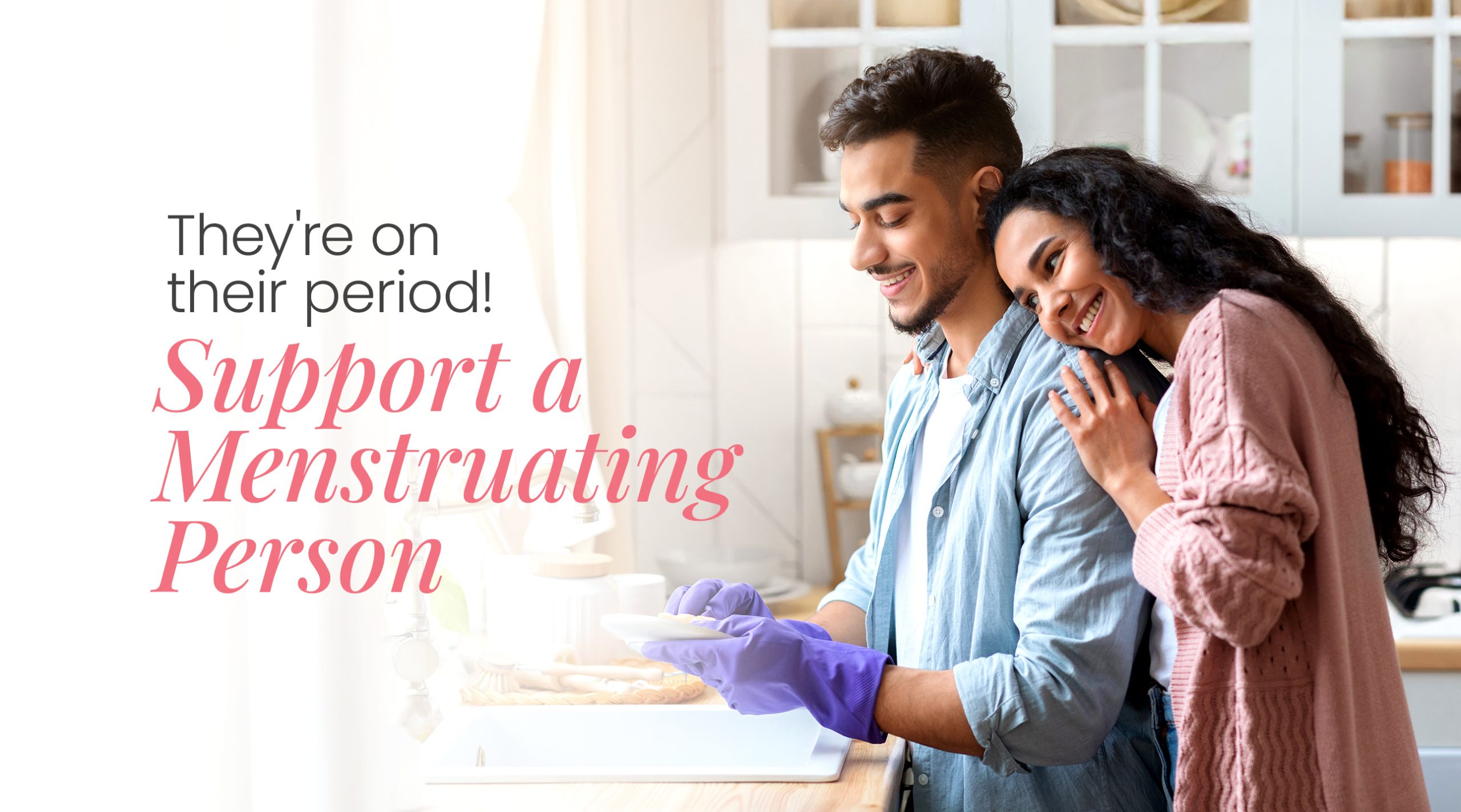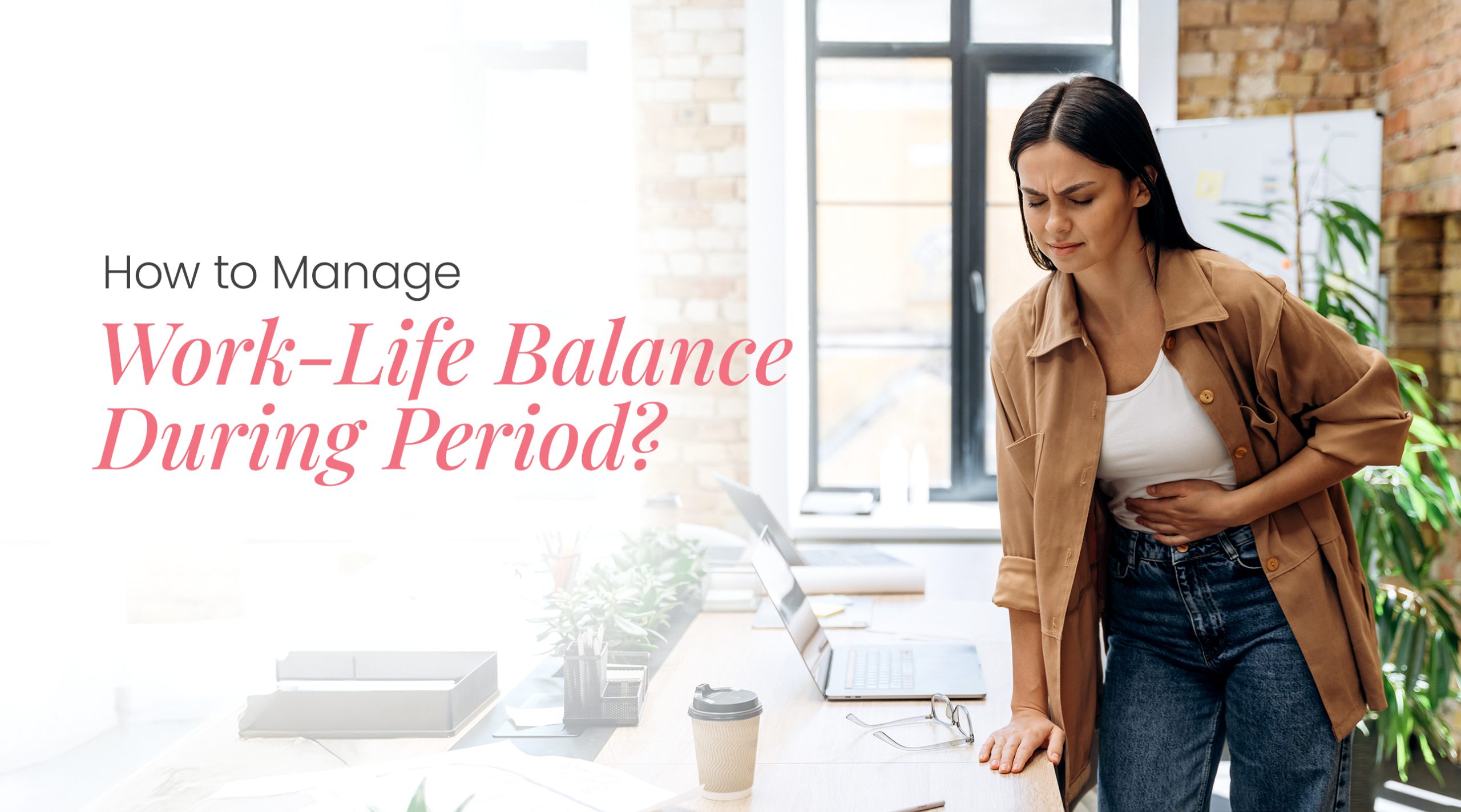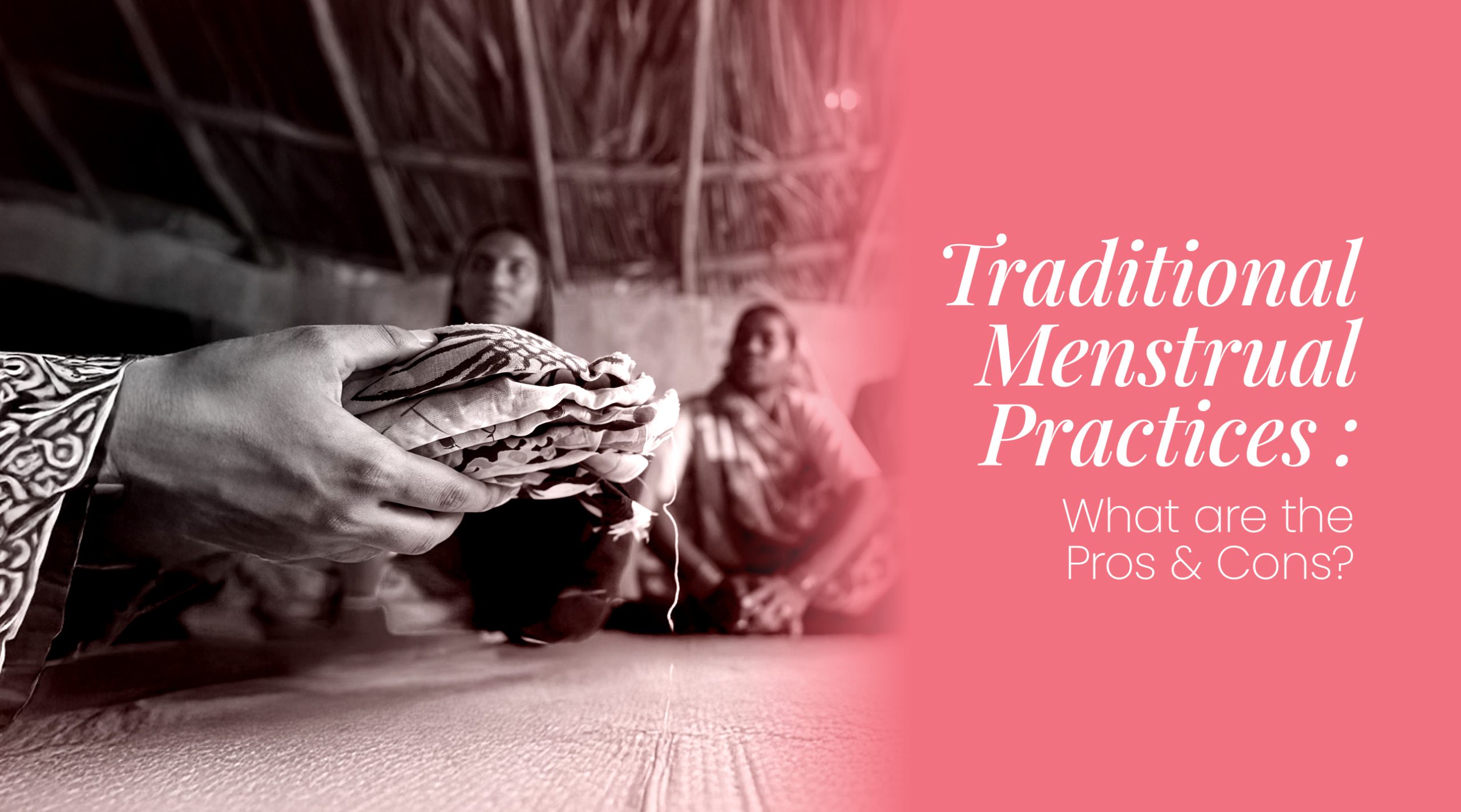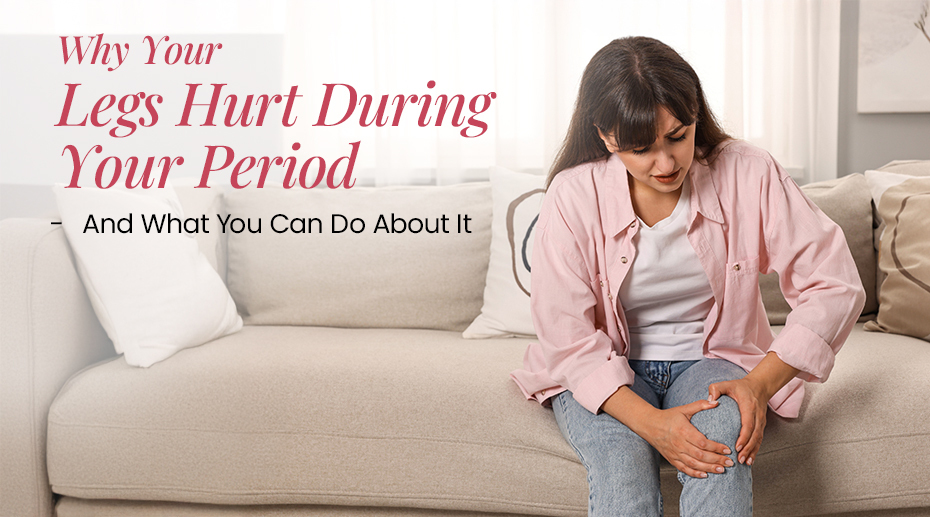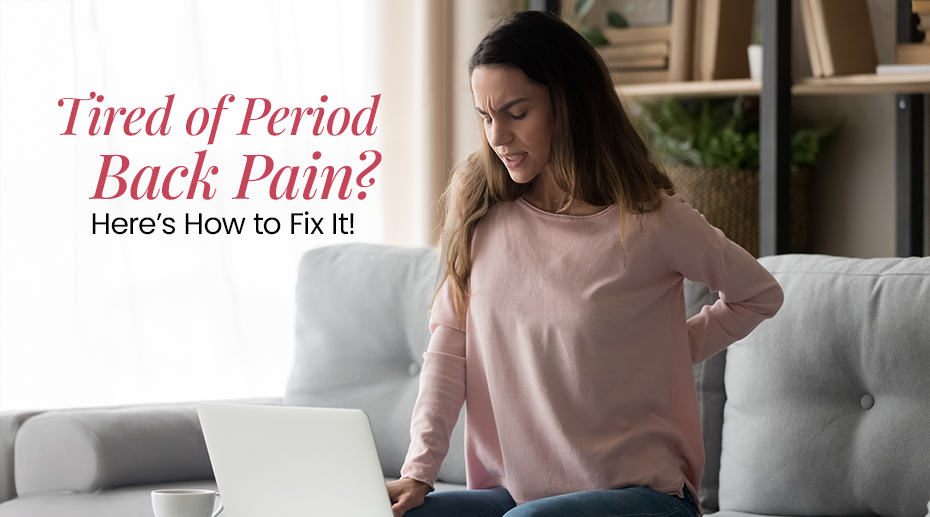
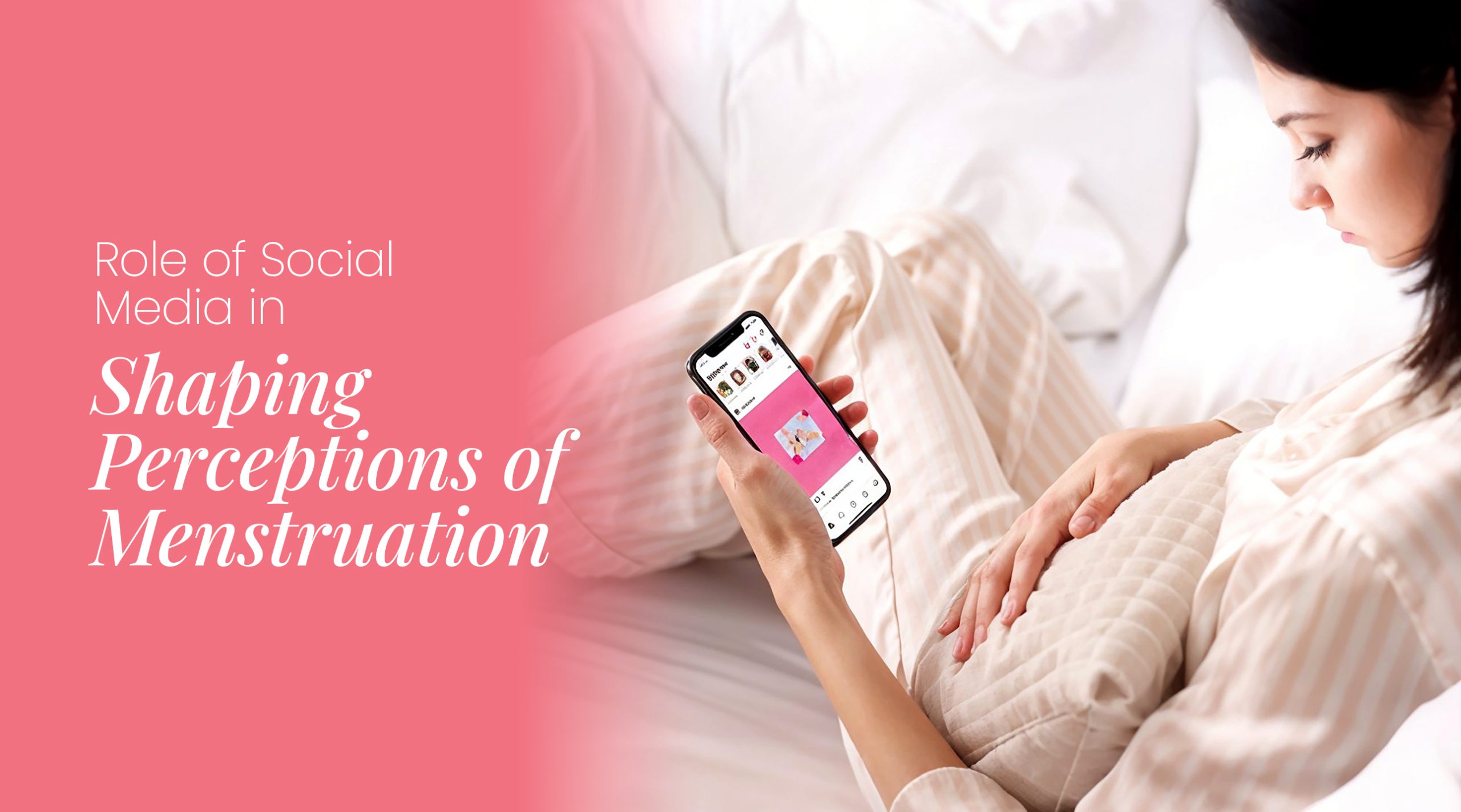
How Does Social Media Help to Break Periods Stigma?
Social media has subtly entered almost every aspect of our life, from browsing through posts to watching movies to simply following events worldwide. It shapes our ideas, emotions, and even our dinner table conversation topic.
Menstruation is one issue that was always pushed under the ground. Years passed while it was hush-hush. Not anymore, though. Social media has helped individuals start asking questions, speaking out, and sharing actual stories about traditional menstrual practices. The silence is breaking gradually.
In this blog, we’ll talk about how social media helps break the menstrual taboo and brings honest, open conversations to light.
How is Social Media Shaping up the Narrative?
You know, it’s interesting how some traditions actually respected periods long before people started talking about them online. Take the Kamakhya Temple in Assam, India, for example. Every year, the temple closes for three days during the Ambubachi Mela because it’s believed the goddess is on her period. It’s one of the few places that openly honors menstruation as something natural and powerful. While many still shy away from the topic, this old tradition reminds us that it was never meant to be something shameful.
Fast forward to today, social media is helping us bring that same openness back. Let’s talk about how that’s happening:
Visibility and Representation
Before, hardly anyone talked about periods in public. But now, we see influencers, students, working professionals, and even menstruation activists using their platforms to share real stories. Whether someone uses pads, tampons, or cups, there’s a space for everyone to speak up. It helps people feel that they’re not alone. No more whispers or hiding pads in bags. People are talking, and it’s out in the open.
Raising Awareness
Hashtags like #PeriodPositive and #MenstruationMatters are everywhere, breaking the menstrual taboos. They’ve made it easier for anyone to find helpful posts or join the conversation. One swipe through your feed and you might see a reel about period pain, a tweet about free pads in schools, or a video about PMS.
Educational Resources
Doctors, gynecologists, and educators now post content explaining things like menstrual disorders, healthy hygiene habits, or how to deal with mood swings. These posts are easy to understand and actually useful. You don’t need a science book, just scroll through Instagram or YouTube and you’ll learn something helpful to break the period taboos.
Importance of Social Media in Raising Awareness
Social media is not just about selfies and food pictures anymore. It’s become a place where people learn, share, and talk about things that really matter. And one of those important topics is menstrual health and hygiene. A few years ago, it was hard to even say the word “period” out loud. But today, people are having real conversations about it online, and that’s something we couldn’t have imagined earlier.
Here’s how social media is helping:
Instant Access to Information
Back in the day, you had to read books or wait for someone to talk about it in school, if they talked about it at all. Now, with just a few taps on your phone, you can find answers to your questions. What is a normal period? What’s not? How do you deal with period pain? What is PCOS? All of this is being explained by doctors, health educators, and even regular people who just want to help. It’s fast, simple, and always there when you need it.
Support Systems and Communities
No one wants to feel alone, especially when going through something confusing or painful. That’s where online communities come in. People share their personal stories, their struggles, and their small wins. If someone is scared or unsure, there are others ready to talk, support, and listen. And when you know others are going through the same thing, it makes the load a little lighter. That’s what we mean when we say, “a problem shared is a problem halved.”
Shifting Perceptions
Periods were treated like a big secret for a long time. Some people were even told to feel ashamed- a very classic period taboo. But now, with more people talking about it openly online, things are changing. Boys, girls, teachers, parents, everyone is getting involved. The more we talk, the harder it becomes for shame and silence to stay. Step by step, the old thinking is being replaced with truth and understanding. And that’s how change really happens, when people come together and speak up.
Positive Social Media Campaigns Around Menstruation
#NoShameInMyPeriod
This one was all about saying: “Hey, periods are normal, and there’s nothing to hide.” People shared their stories, posted photos, and started conversations that were once considered uncomfortable. Slowly but surely, it helped a lot of people feel seen and heard.
#EndPeriodPoverty
This campaign highlighted a harsh truth, many people still don’t have access to pads or basic menstrual products and menstrual hygiene. That’s not okay. The hashtag spread far and wide, with schools, colleges, and even influencers stepping up to donate and support. Social media gave this problem a voice.
Period Positive Movement
Led by educators and activists, this movement talks openly about periods in schools and communities. The aim is simple. The more we talk, the less awkward it becomes. They teach kids, parents, and even teachers that periods are a natural part of growing up.
Stayfree’s ‘It’s Just a Period’
This campaign struck a chord with many families. It encouraged fathers, brothers, and sons to be part of the conversation. Because periods don’t just affect girls, they affect families. And when everyone is on the same page, there’s less shame and more support.
Whisper’s ‘The Missing Chapter’
Did your school ever talk properly about periods? Many didn’t. This campaign pushed to make menstrual health part of school lessons because this should be taught just like anything else. And thanks to this campaign, many schools have started taking it seriously.
Sirona’s #TheBloodyConversation
This campaign encouraged people, especially boys and men to talk without feeling weird. It reminded everyone that if we can talk about stomach aches or fevers, we can talk about periods too.
The Talk Is On, and So Is the Relief
Today, it’s not just about talking openly, it’s also about finding comfort. People are not only sharing stories but also looking for ways to deal with period pain, and thanks to social media, they’re finding help faster than ever.
There are now so many options out there for managing period cramps. Whether it’s heat pads, period pain relief device, or even over-the-counter painkillers, people are learning what works best for them. And the good part? Many companies are now listening and actually creating things that help break traditional menstrual practices.
We offer a period pain relief device that’s being used by many people to feel better during their cycle. There are also other brands coming up with smart solutions because they’ve realized that period pain is real, and it needs attention.
All of this is possible because people started talking, started asking questions, and started supporting each other, both online and offline. And that’s what makes the difference in breaking the traditional menstrual practices.
So whether it’s spreading awareness, supporting a campaign, or just checking in on a friend, it all counts. Period.


